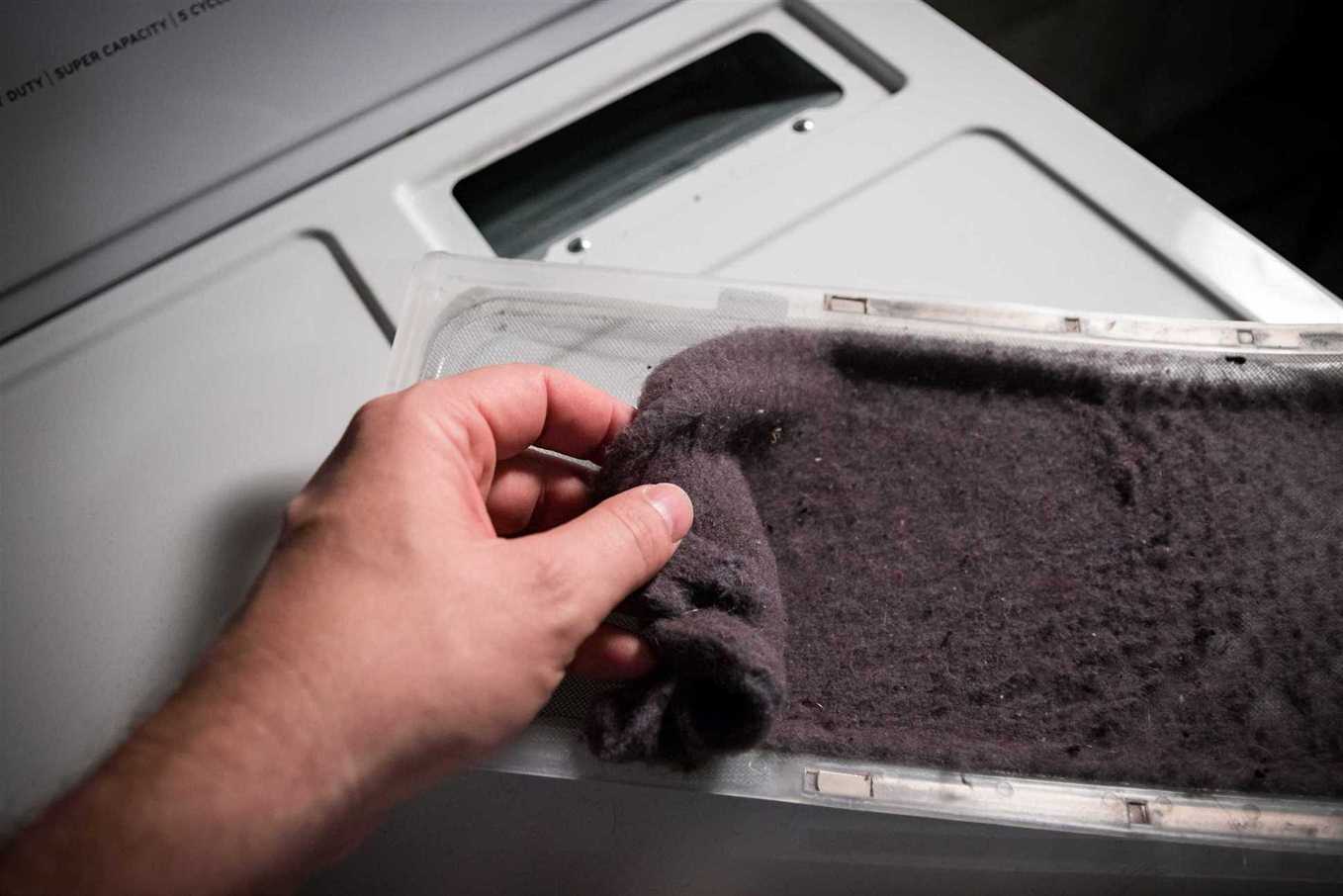Dryer fires are one of the most overlooked fire hazards in households. Proper Installation by a licensed technician is the first step to making sure you don’t fall victim of appliance fires. This is because technicians who have some years of experience are familiar with the majority of manufacturer’s instructions. So the installation process for them will be seamless. If not Installed, operated and maintained in accordance with the manufacturer’s recommendations, a dryer is at risk of catching fire. All connections for electrical power, gas supply, and grounding must comply with local codes.
Lint
Another top cause of dryer fires is lint buildup. Although most people are unaware of this fact, lint is the most flammable items in the house. Lint is the visible accumulations of textile fibers on the lint screen of a clothes dryer. As clothes tumble in the dryer, they get knocked around and fibers break down. They then get bumped around the dryer and eventually end up in the exhaust vent. If too much lint builds up, it’s a time ticking bomb waiting to catch fire, burn up the dryer and spread around the house if not promptly put out.
Aside from causing fire eruptions, lint builds up reduces air flow in the dryer, in turn reducing the appliance’s efficiency. This said, removing lint is pretty simple. You can remove the lint screen then wipe it using a cloth. After that, submerge it in hot water and scrub using a bristle brush to remove the buildup. To prevent excess lint build up, wipe the lint filter before and after each load of laundry. Then, make sure you clean the vent pipe in every three months. The dyer needs regular cleaning too, but for this, due to the many intricacies involved, should be done by a professional.
Not everything should go into the dryer
Clothes soiled with cooking oil should not go into the dryer. The reason is that these oils may remain in the clothes even after washing causing the fabric to catch fire while drying. On this note, clothes soaked by flammable substances such as gasoline, flammable chemicals, thinners and the like should not be dried in a clothes dryer, unless of course they’ve been thoroughly washed and have no trace of these volatile substances. And even after a thorough washing, use the lowest heat setting and the shortest drying cycle if you decide to dry them using a dryer. Using a cycle with a cool-down period at the end of the cycle also minimizes the risk of ignition.
You’re also not supposed to dry articles containing form rubber and rubberlike materials or plastics (these materials are flammable). Your dryer will also be at risk of being a fire hazard in households by catching fire is you tumble fiberglass curtains and draperies (unless the appliances label gives a go ahead). And even when your dryer allows such materials, make sure you wipe the cylinder using a damp cloth to remove any particles of fiberglass.
Finally, attempting to service your dryer when you don’t have the necessary skills to carry this out exposes your dryer to malfunctions and fires. If your dryer is in need of any repairs and maintenance, Winnipeg dryer repair technicians from Mike’s appliances are a call away, 24 hours a day.

